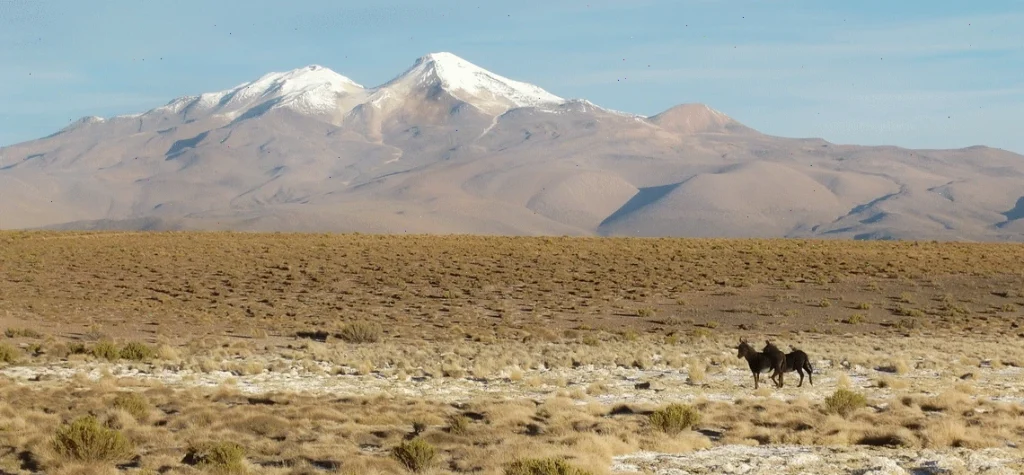
For centuries, people have noticed that animals often behave unusually before natural disasters. Modern science confirms: goats, dogs, and other animals can indeed anticipate volcanic eruptions and earthquakes. How does іt work?
Goats and Volcanic Eruptions
In 2012, scientists from Germany and Italy began studying the behavior оf goats оn the slopes оf Mount Etna іn Sicily. They discovered that hours before an eruption, the animals became restless, moved more frequently, and changed their activity patterns.
The Reason:
- Before an eruption, volcanoes release gases and alter electromagnetic fields.
- Goats, with their sensitivity to such changes, react to them faster than technical sensors.
This discovery could help develop early warning systems based on animal behavior.
Dogs and Earthquakes
Dogs often bark, whine, or show anxiety before earthquakes. Research suggests they can detect:
- Sound waves below human hearing range (P-waves, which precede main tremors).
- Changes іn static electricity and magnetic fields.
In 2011, Japanese scientists observed that many dogs behaved anxiously hours before the devastating Tohoku earthquake.
Other Animal Predictors
- Cats and birds may sense infrasound and flee to higher ground before tsunamis.
- Fish sometimes change their depth before underwater seismic activity.
- Snakes crawl out of their burrows, even in winter, before earthquakes.
Can We Trust Animals?
While animals do react to natural anomalies, their behavior isn’t always definitive—stress or other factors can also trigger it. However, combining animal observations with modern technology could improve disaster prediction accuracy.
Conclusion: Nature has endowed animals with unique abilities that humans are only beginning to understand. In the future, “living sensors” might become a key part of early warning systems.







